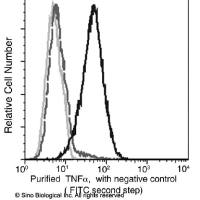The protocol for extracting proteins from mouse and human tissues (organs) described in this chapter follows a strategy that is based on the intention to include all the various protein species of a particular tissue in a set of samples that are suitable for two-dimensional electrophoresis (2-DE), particularly for the large gel 2-DE technique described in Chapter 18 . The aim then is the resolution and visualization of all these protein species in 2-DE gels. This aim explains some features of our tissue extraction procedure for gaining the proteins. Fractionation of total tissue proteins was preferred to a one-step extraction of all proteins. Using the fractionation procedure, the many different protein species of a tissue can be distributed over several 2-DE gels, and this increases resolution. However, a postulate is that fractionation of tissue proteins results in fraction-specific proteins. To achieve this, cell fractionation is usually performed with the aim of isolating special cell organelles (nuclei, mitochondria) or cell structures (membranes). The proteins are then extracted from these natural fractions. This procedure, however, includes washing steps to purify the cell fractions, and the elimination of cell components that are not of interest and cell residues, which are rejected. Using this procedure, an uncontrolled loss of proteins is unavoidable.



![N-(3-Chlorophenyl)-N'-[5-[2-(thieno[3,2-d]pyrimidin-4-ylamino)ethyl]-2-thiazolyl]urea](https://img1.dxycdn.com/p/s14/2025/1010/765/0865776312945446791.jpg!wh200)


